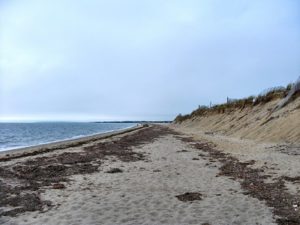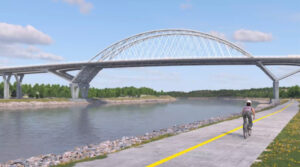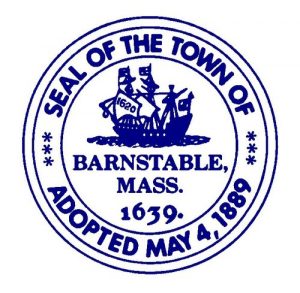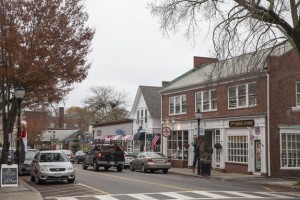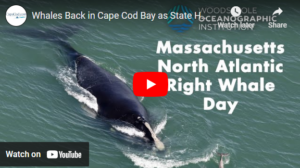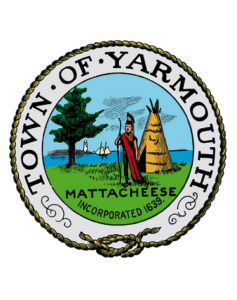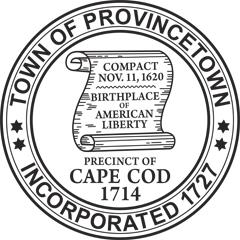It goes by many names, rotary, traffic circle, roundabout, whatever it is called it is a common part of daily life not only on Cape Cod but all across the globe. As of 2016, according to City Lab.com, it was determined that there were 10,341 rotaries spread across America with Florida having the most at 1,283. For as commonplace as these are today they had to start somewhere and that somewhere was Cape Cod and more specifically South Yarmouth. The man behind America’s first rotary was Charles Henry Davis, a man with deep connections to Cape Cod as well.
Davis was born in 1865 and lived in Philadelphia, Pennsylvania as a child. His father and grandfather were both involved in road construction which led to him later in his life becoming co-founder of the National Highways Association in 1911 along with Coleman DuPont. The first initiative of this organization was to publish a map of a 50,000-mile National Highways network for the country. It would also begin the system of numbering major state roads as can be seen all across America.
Davis would move to South Yarmouth in 1902. He would amass quite a large fortune in the early years of the 20th century. This came about as his family owned several plots of land in the coal field area of Harlan County in southeastern Kentucky. Davis would buy up all of these plots as well as several pieces intertwined through these plots, meaning that he would own most of Harlan County as well as have the rights to its coal and lumber. He would create the Ketenia Mining Company.
These land holdings would prove valuable to Henry Ford the visionary automobile entrepreneur who was looking for a way to produce an affordable vehicle. Davis would lease the entire Ketenia properties to Ford for ten years with Ford doing all of the mining and providing Davis with a set price per car load of coal as well as a set royalty on each car Ford sold. This contract provided Davis with a mass of wealth that he would put to good use.
Shortly after coming to the Cape Davis would purchase land surrounding Bass River. At the intersection of River and Pleasant Streets in the South Yarmouth village of Bass River he would create two things to cement his legacy here. The first was his home. Davis would purchase a piece of property containing three old Cape-style houses and a barn. These buildings would be connected into one forming a larger estate. Years later, after his six daughters were born, Davis would add a sleeping porch and a runway to the already-massive home. This made the house a complete square with a courtyard in the middle. It would be known as the House of Seven Chimneys. Though it did have seven chimneys the home in its entirety had at least twice that number of actual open fireplaces.
The second piece of Davis’ legacy which exists in Bass River is America’s first traffic circle. It was originally an old brick watering trough but would be transformed by Davis to help handle traffic in the area. The signage which still stands denoting which road one is traveling on still stands today, however the three ship lanterns which originally hung there to act as makeshift traffic lights were vandalized and have long-since been removed. The rotary would be known as the National Highways Circle paying homage to Davis’ role in the National Highways Association.
Despite having set up deep roots on Cape Cod, Davis would not stay put for long periods of time. He chose to travel extensively around the country in his Hudson automobile which was decorated with forty-eight license plates, one for every state in the Union at the time, each with the plate number ‘25.’
Charles Henry Davis’ legacy on Cape Cod extends far beyond his estate and the country’s first rotary. In 1928 he would construct Ship Shops Marina, originally at the foot of his estate along Bass River. It now operates a half-mile north along Bass River on Pleasant Street. Just across the river the popular West Dennis Beach is actually named Davis Beach in honor of the man as he owned the entire property and sold it to the town just before his death in 1951. He would also purchase the Bass River Golf Course in 1946 which in the 1920’s doubled as a dairy farm with cows roaming the links, though fenced in somewhat to keep them off the fairways and greens. At one point in time it was possible for Davis to walk from Nantucket Sound to Cape Cod Bay and never leave property he owned.
Though not responsible for it, Davis was one of the first to propose a Mid-Cape highway. In 1947 he proposed that one of the cornerstones of the new United Nations building be from Cape Cod, Debbs Hill in South Yarmouth specifically. The sixty ton boulder took more than two months to unearth and was not used for the project with then-Mayor of New York City William O’Dwyer saying that if the stone was brought to the city he’d have it dumped in the East River. Instead it today sits at the entrance to the New Seabury region in Mashpee.
Davis would die in 1951 at the age of eighty-six after two years of failing health. He left behind a huge legacy not only on Cape Cod but in the country as well. His contributions to the Cape are numerous yet slightly below the surface. Whether circumnavigating America’s first rotary in South Yarmouth, walking the sandy shores of West Dennis Beach, or driving any of the numbered routes across the United States Charles Henry Davis’ impact is difficult to ignore.
By Christopher Setterlund






